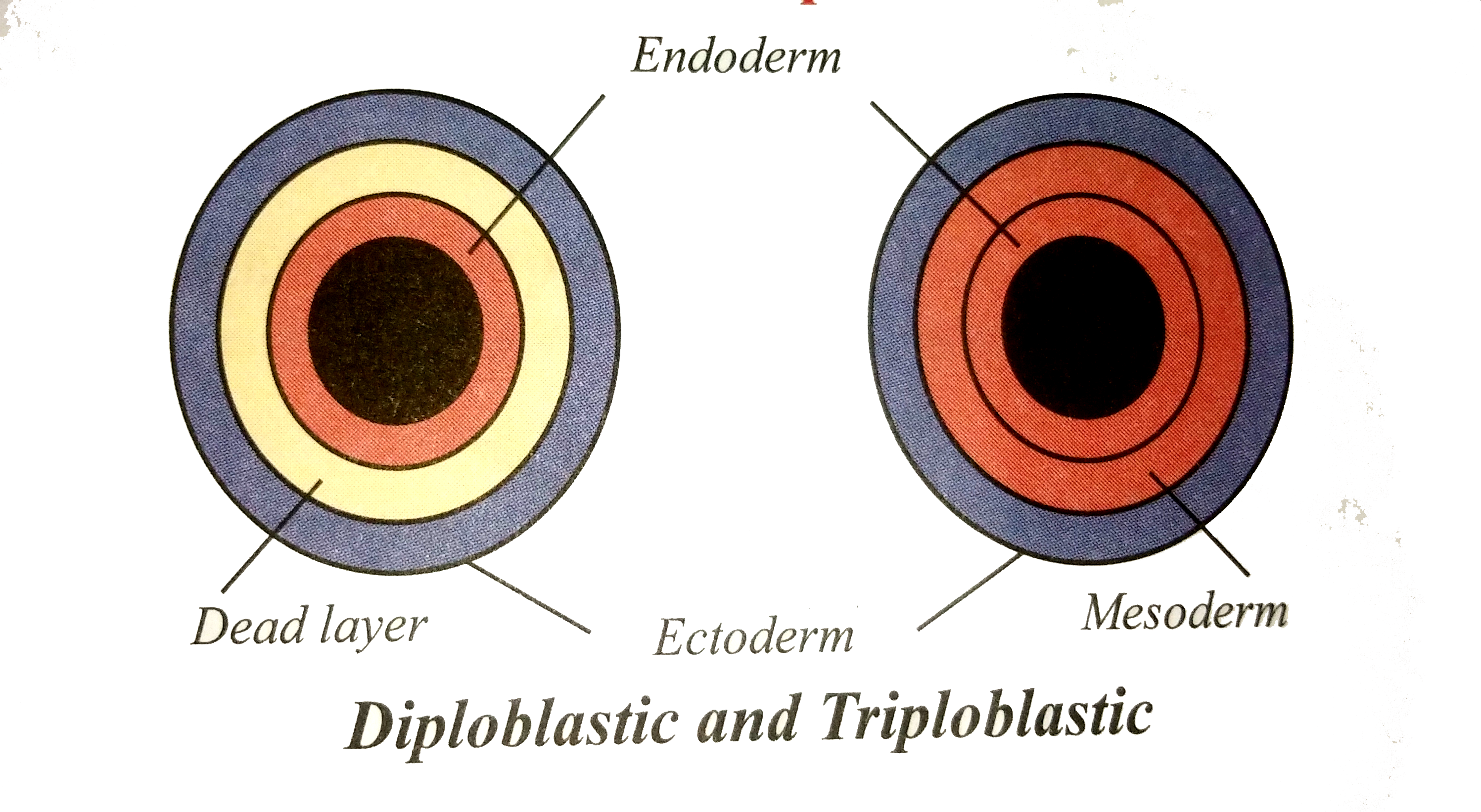What is difference between viviparous animals and oviparous animals ?
Step-by-Step Solution:
1. Definition of Viviparous Animals:
- Viviparous animals are those that give birth to live young ones. This means that the young develop inside the mother's body and are born as fully formed individuals.
2. Definition of Oviparous Animals:
- Oviparous animals are those that lay eggs. The young develop outside the mother's body, and they hatch from these eggs after a certain period.
3. Key Differences:
- Mode of Reproduction:
- Viviparous: Give birth to live young.
- Oviparous: Lay eggs from which young hatch.
- Development:
- Viviparous: Young develop inside the mother.
- Oviparous: Young develop outside the mother in eggs.
4. Examples:
- Viviparous Animals: Examples include humans, buffalo, cattle, tigers, rabbits, and deer.
- Oviparous Animals: Common examples include birds, reptiles, and most fish.
5. Conclusion:
- In summary, the primary difference between viviparous and oviparous animals lies in their reproductive methods—viviparous animals give birth to live young, while oviparous animals lay eggs.
- Viviparous animals are those that give birth to live young ones. This means that the young develop inside the mother's body and are born as fully formed individuals.
- Oviparous animals are those that lay eggs. The young develop outside the mother's body, and they hatch from these eggs after a certain period.
- Mode of Reproduction:
- Viviparous: Give birth to live young.
- Oviparous: Lay eggs from which young hatch.
- Development:
- Viviparous: Young develop inside the mother.
- Oviparous: Young develop outside the mother in eggs.
- Viviparous Animals: Examples include humans, buffalo, cattle, tigers, rabbits, and deer.
- Oviparous Animals: Common examples include birds, reptiles, and most fish.
- In summary, the primary difference between viviparous and oviparous animals lies in their reproductive methods—viviparous animals give birth to live young, while oviparous animals lay eggs.
Topper's Solved these Questions
Similar Questions
Knowledge Check
Oviparous animal is :-
AScoliodonBViperCScorpionDCobra
Differentiate between oviparous and viviparous animals.
View SolutionWhat is the difference between milch animals and poultry animals? Give examples of each.
View SolutionWhat are viviparous animals ?
View SolutionDistinguish between oviparous and viviparous animals.
View SolutionDraw diagram for diploblastic and triploblastic germ layers. What is the difference between diploblastic and tiploblastic animals?

View SolutionWhat are viviparous animals? Name non-mammal viviparous animals.
View SolutionGive two examples of oviparous and viviparous animals.
View Solution
